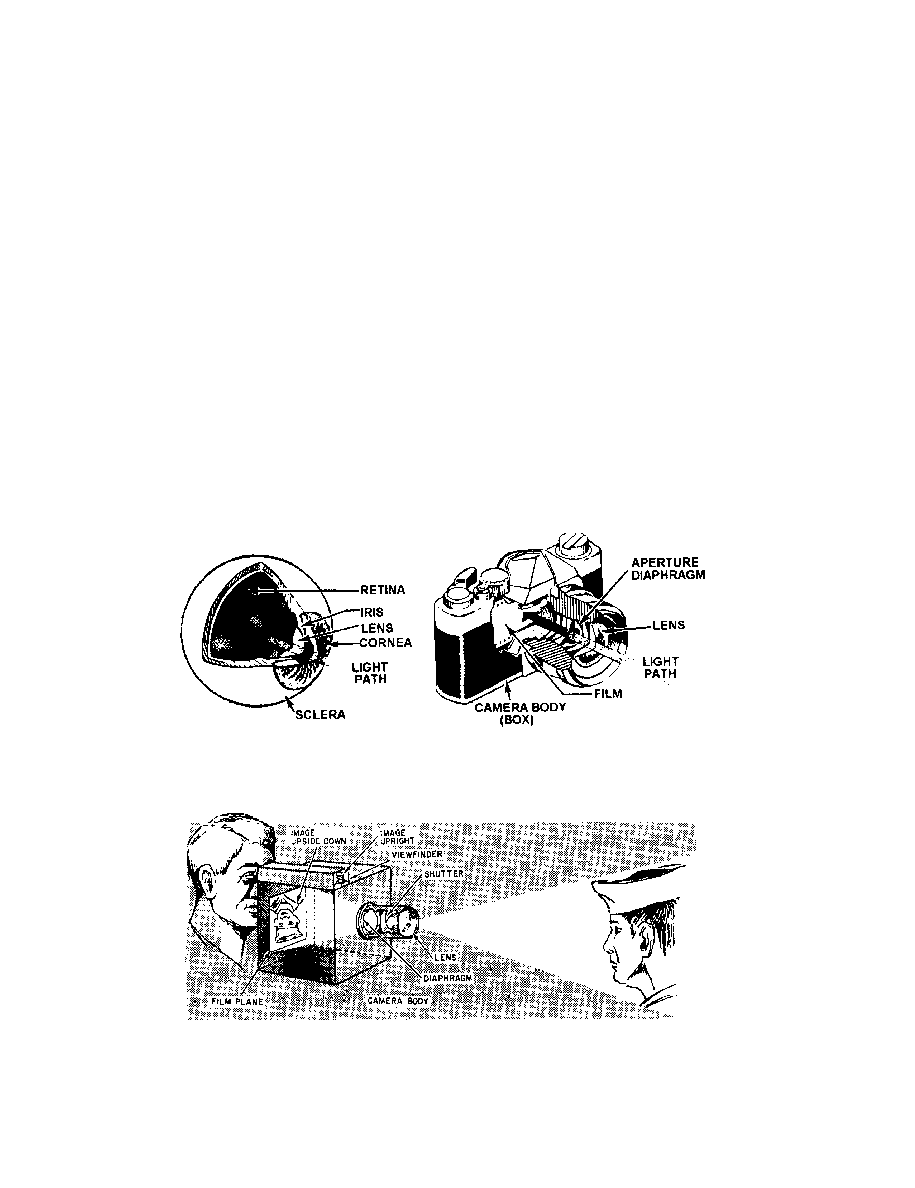
DOFMaster
for Windows
On-line
Depth of Field
Calculator
DOFMaster for Mobile Devices
On-line
Depth of Field
Table
Hyperfocal
Distance Chart
Articles
FAQ
Recommended
Books
Support
Contact
Links
Home
for Windows
On-line
Depth of Field
Calculator
DOFMaster for Mobile Devices
On-line
Depth of Field
Table
Hyperfocal
Distance Chart
Articles
FAQ
Recommended
Books
Support
Contact
Links
Home
As an Amazon Associate I earn from qualifying purchases.
![]()
division officers remember lugging around bulky,
cumbersome 4x5 Speed Graphic cameras with film
holders and tripods just to cover routine assignments.
Through the development of modern-day cameras and
film, small, hand-held cameras are commonly used. A
large variety of cameras are available in the imaging
facilities of the Navy. After learning the nature of your
assignment and the equipment available, you must
choose the equipment that will get the job done best,
whether it be a 4x5 view camera or a small, hand-held
electronic camera.
optical instrument. The camera is a mechanical optical
camera, it forms an image on a light-sensitive surface
(fig. 4-1). The lens of the eye focuses light on the retina.
of the eye focuses by changing its curvature, the camera
lens by changing its focal length. The diaphragm on a
camera is similar, like the iris of the eye. When the light
is bright, the iris closes down, reducing the brightness
of the image. Likewise, when the light is bright, the
camera diaphragm closes down When the light is dim,
the diaphragm opens up. The components of the eye are
held together by the sclera, the components of the
camera by the camera body.
length of time light is allowed to act on the film, a
Basic Photography Course

As an Amazon Associate I earn from qualifying purchases.
WWW.DOFMASTER.COM
© 2006 Don Fleming. All rights reserved.
© 2006 Don Fleming. All rights reserved.